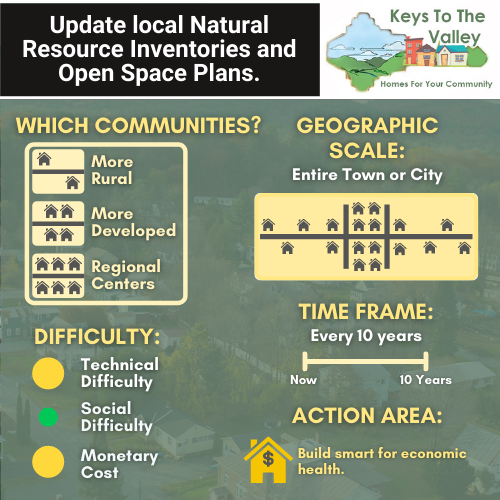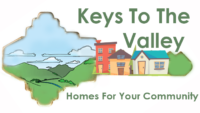Understanding your community’s lands and identifying natural resource priorities is necessary for creating informed and comprehensive policies. In New Hampshire, the Natural Resource Inventory is the main method to meet this goal, while Open Space Plans fill the need in Vermont. Both states provide environmental data that communities should use to assess their natural resources. Communities should also leverage local knowledge of residents, such as vernal pool locations and wildlife species distribution. Once a community understands the existing and potential value of its lands, goals can be made for the future. For example, specific parcels might be identified as a priority for a conservation easement or a recommendation may be made to enact local regulation to protect at risk resources such as agricultural land or public water supplies. Communities should revisit these documents and goals on a yearly basis and update them regularly (I.e., every 8 to 10 years) in order to incorporate new information and adapt goals to changing conditions.
Additional Resources:


